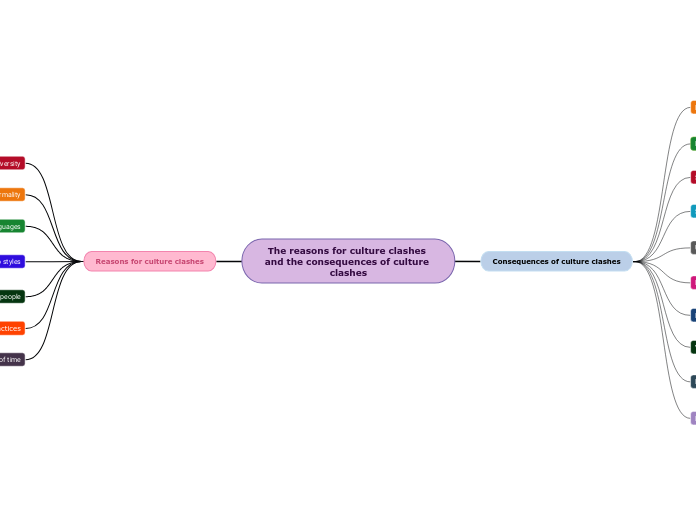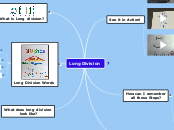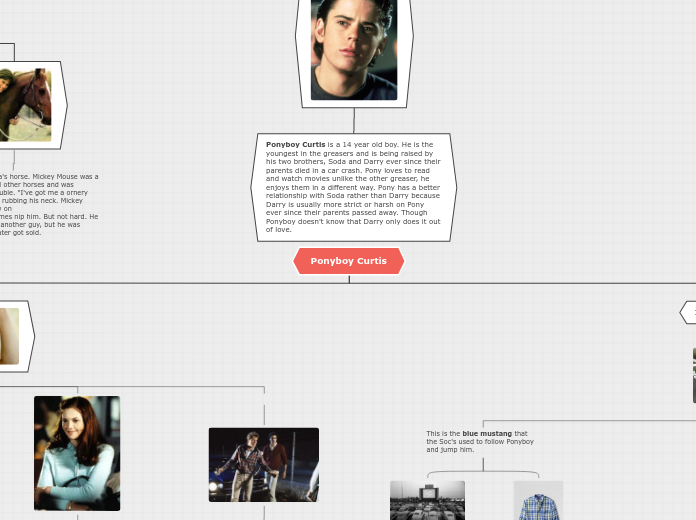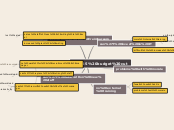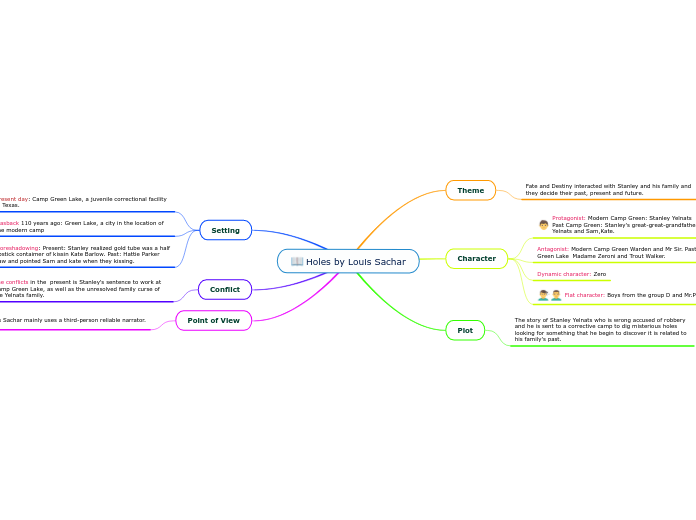作者:Belén Pazmiño 4 年以前
369
The reasons for culture clashes and the consequences of culture clashes
When organizations merge, culture clashes can arise due to differing orientations to tasks and people, varying degrees of formality, distinct practices, and diverse leadership styles.
